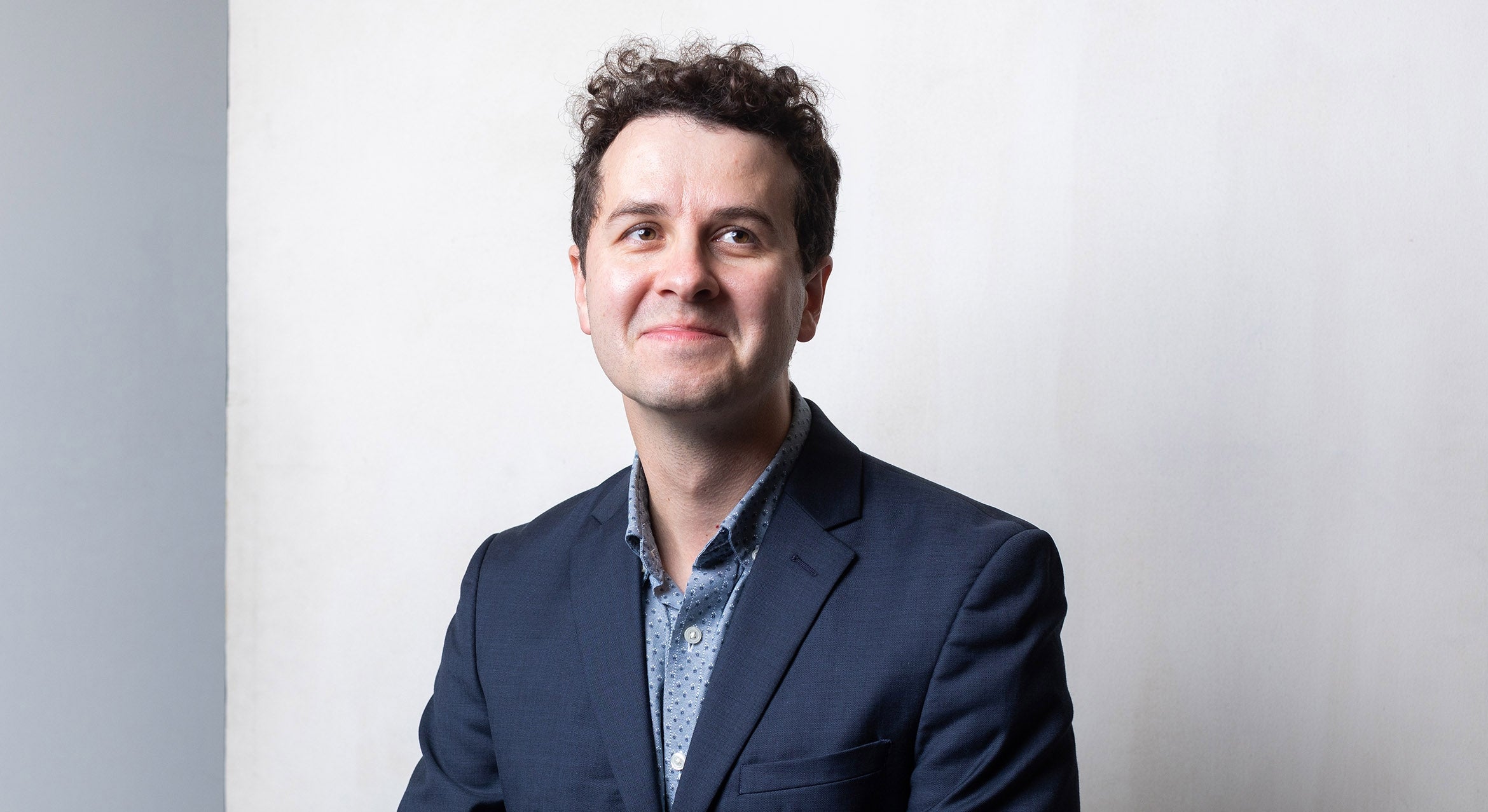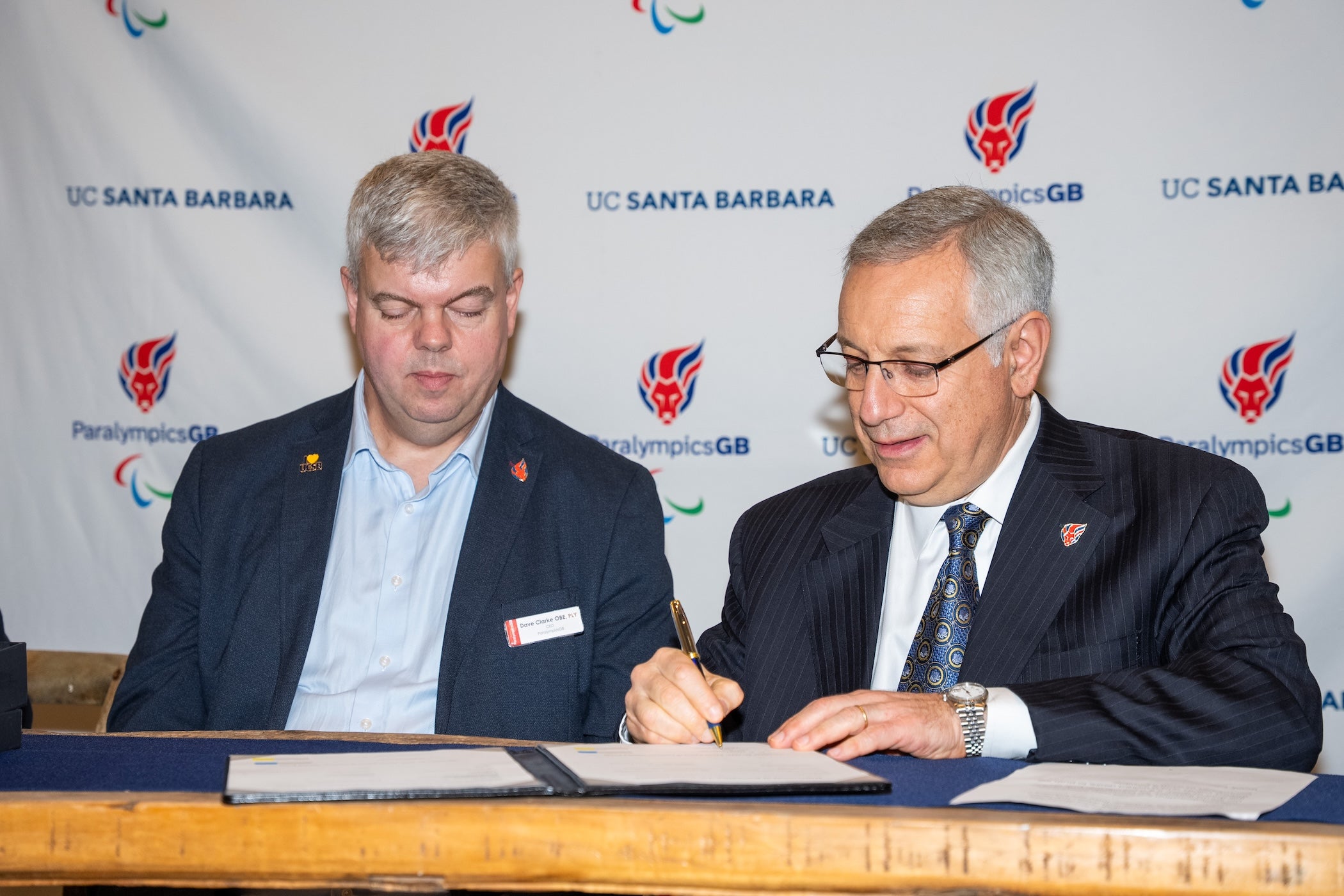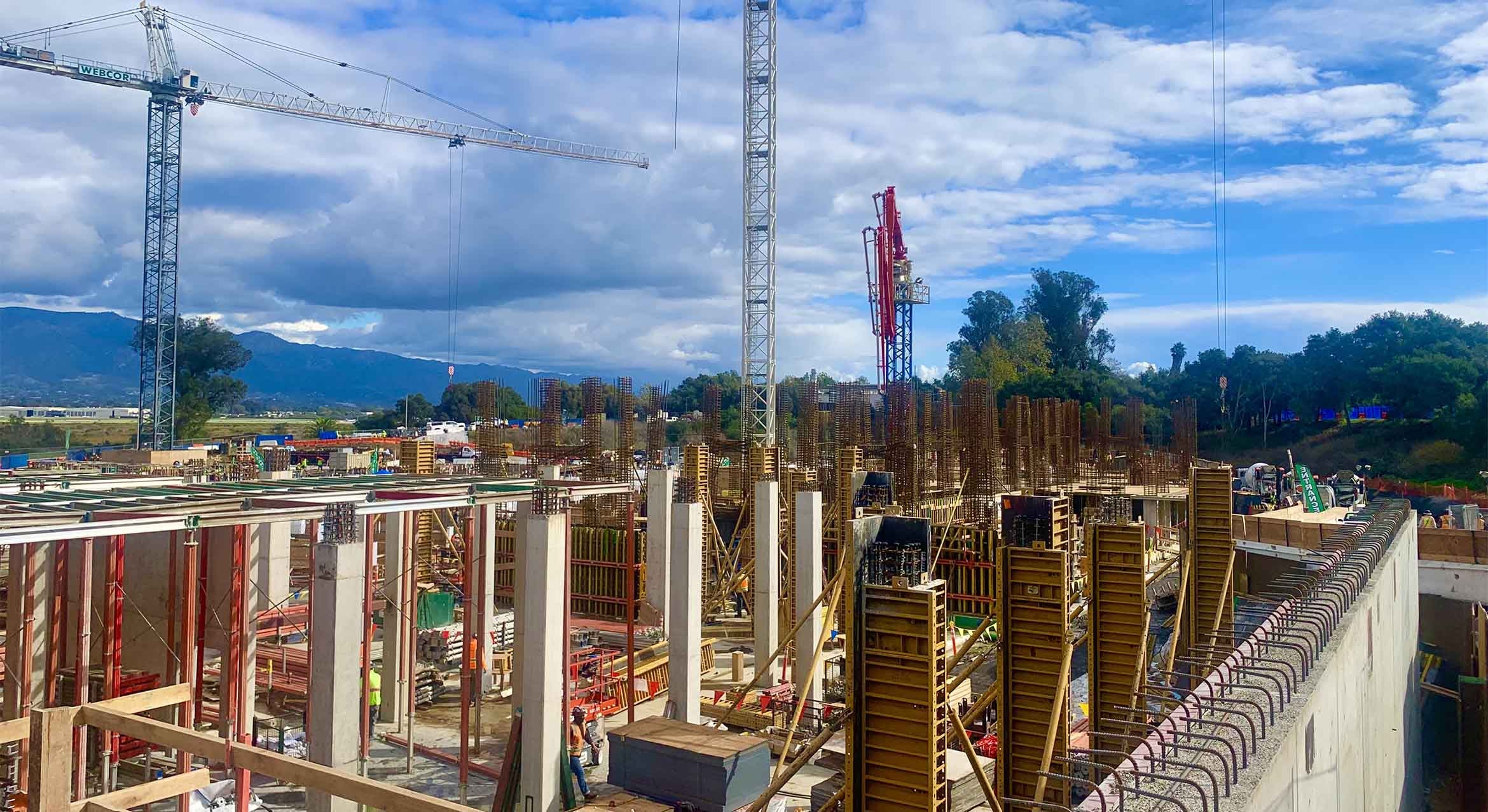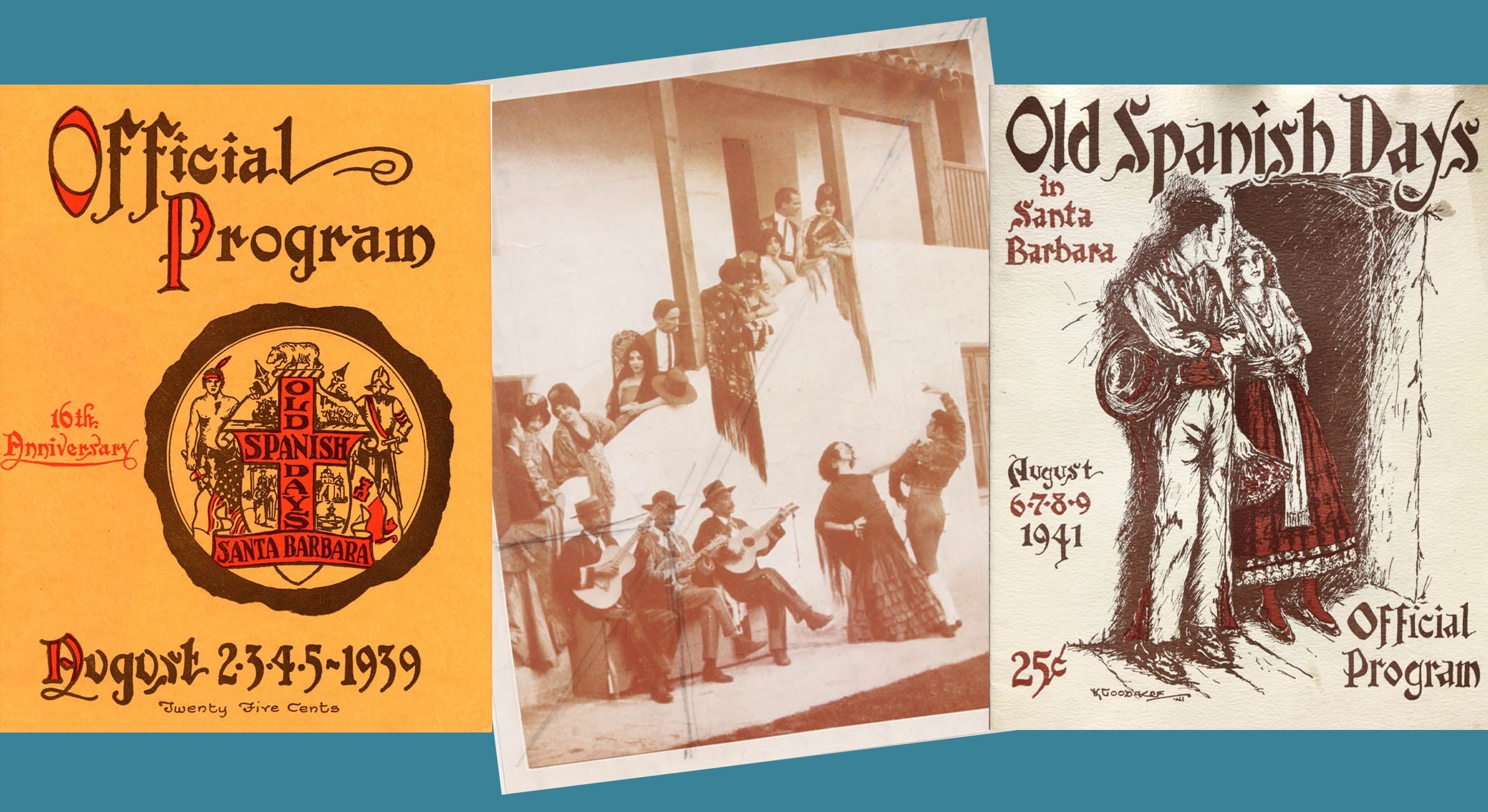
Finding Fiesta partners UCSB with local teachers for new perspectives on a century-old celebration
Since 1924, the Old Spanish Days celebration commonly known as Fiesta has paid homage to Santa Barbara’s Hispanic heritage, celebrated with equine parades, ornate costumes and traditional music and food. This colonial past, however, doesn’t always resonate with the whole of Santa Barbara, and in recent years, new Fiesta traditions have emerged from the coastal beach town’s Indigenous and Latino histories.
Tapping that change, Finding Fiesta, an innovative partnership between UC Santa Barbara’s Interdisciplinary Humanities Center (IHC), UCSB Library, Santa Barbara Trust for Historic Preservation and Santa Barbara Unified School District has provided public school teachers access to troves of Fiesta history to develop lesson plans that encourage their young students to reexamine and interpret the annual celebration through fresh eyes.
“Fiesta is an important community celebration, and we want students to consider whether and how the diverse communities of the Central Coast are represented in Fiesta activities and in the stories and images of the celebration, both official and unofficial,” said IHC Director Susan Derwin. “Our goal is to empower students to understand that they have a role in addressing important local issues and in shaping public narratives about their neighborhoods, their communities and themselves.”

Bringing together 11 teachers from six junior high and high schools, Finding Fiesta’s three-day workshop began at the Santa Barbara Trust for Historic Preservation and finished at UCSB Library’s Special Research Collections, where teachers brainstormed learning opportunities as they pored through archival boxes filled with primary source material, from newspaper clippings and festival brochures to vendor lists and recipe books.
As they formulated lesson plans, they kept in mind how Santa Barbara’s colonial past has shaped Fiesta over the decades and how many of the city’s diverse communities may have modified Fiesta to reflect their own experiences.
During the workshop, Santa Barbara High School teacher Miranda Vasquez developed ideas about encouraging her students to look at both Fiesta’s dominant themes and its counter-narratives — and where their own families and neighborhoods fit into the celebrations.
“We also ask how we can carve out space for people who have been excluded,” said Vasquez, whose Chicanax/Latinx studies class fulfills U.S. history and ethnic studies requirements.
Marcus Escalera, who teaches AP Human Geography at Dos Pueblos High School, said his class of mostly freshmen will have a whole unit on cultural patterns and look specifically at defining and contrasting local folk and popular culture.
“I’m sharing some of the ideas we (teachers) gathered during our time together (at the workshop), then providing students time to complete their own research about the origins and meaning of Fiesta,” Escalera said. “Ultimately, students will create a product about what Fiesta means to them, incorporating their research and noting how much those origins are still present, or if anything is missing from current-day Fiesta.”
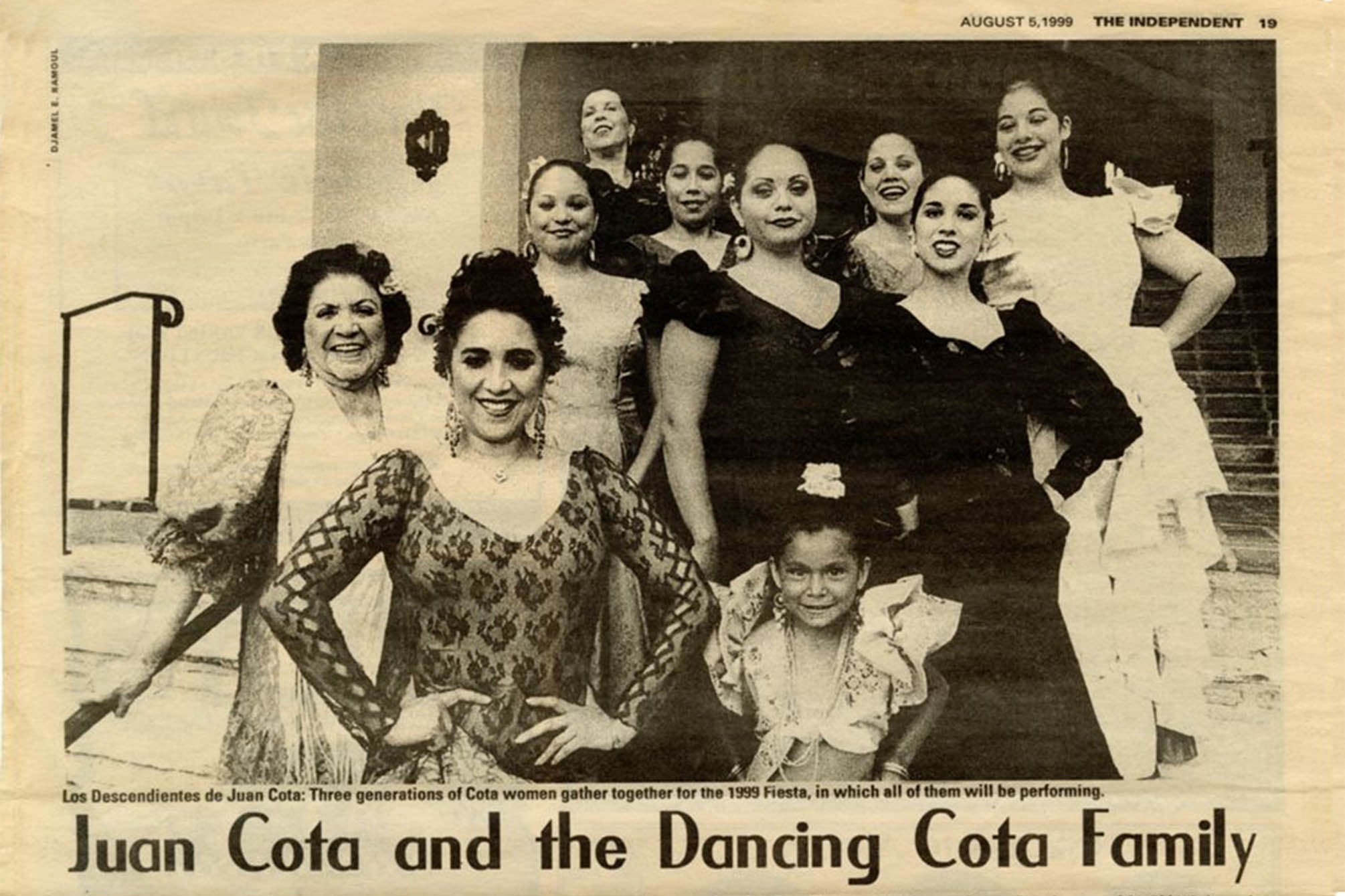
At Alta Vista Alternative High School, which is also home to the Middle College dual-enrollment program with Santa Barbara City College, teacher Michael Mowers said, “We're thinking about having students look at how the encouragement of people to wear Old Spanish Days costumes furthers the fantastical historical narrative (promoted by Fiesta).”
“Students might examine the four acts of California history: discovery, Spanish, Californio and American occupation, and then look through archival evidence of how costuming was marketed to strengthen those ideas,” Mowers said. The big questions, he added, would be why specific costumes were selected, what costumes were not represented and if wearing a costume during Fiesta celebrations changed the wearer’s thoughts or behaviors. “A final product might be to have students design costumes they would like to see at Fiesta.”
At Goleta Valley Junior High School, “Our unit for eighth graders will guide them through understanding the complex history and realities of Old Spanish Days, with students being given the opportunity to imagine their own version of Fiesta, complete with an artifact, such as a poster, to illustrate their holiday,” said English teacher Jessie Herdrich.
By design, Finding Fiesta projects are intended to evolve over the course of the 2025–26 academic year, culminating in a public exhibition of student work at the Santa Barbara Trust for Historical Preservation during next year’s Fiesta.
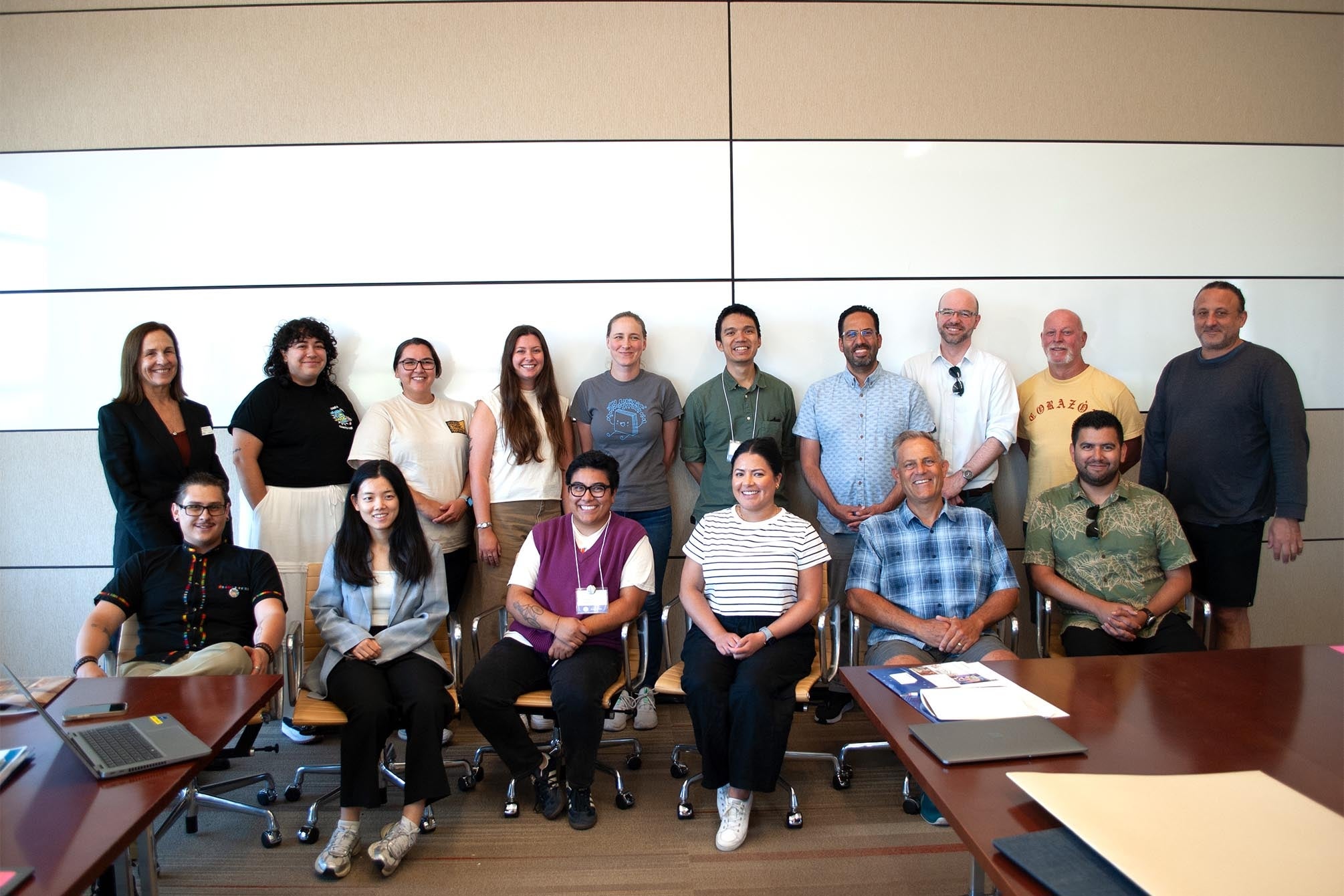
Finding Fiesta marks the third installment of the IHC’s Community in Action program, which brings IHC staff together with humanities doctoral students and community organizations to support professional development of teachers in the school district around issues of civic engagement and participatory democratic practices.
Keith Hamm
Social Sciences, Humanities & Fine Arts Writer
(805) 893-2191
keithhamm@ucsb.edu
